Stainless 201
Conveyor Belt PU

🔧 สายพานลำเลียง PU โครงสร้างสแตนเลส 201 คืออะไร?
เป็นสายพานลำเลียงที่ใช้แผ่นสายพาน PU (Polyurethane) ที่เหมาะกับงานสัมผัสอาหาร และมีโครงสร้าง (เฟรม, ขา, ฐาน) ทำจาก สแตนเลสเกรด 201 ซึ่งเป็นวัสดุสเตนเลสที่มีราคาย่อมเยากว่า SUS304 แต่ก็มีข้อจำกัดบางประการ

- Conveyor Belt PU Stainless steel structure 400x1500x800 mm
- Speed 8-13 m/min, adjustable cymbal legs 100 mm.
- Supports weight of 30 kg. for the entire belt.

- Conveyor Belt PU 304 stainless steel structure 500×3000 mm+304 stainless steel table
- Speed 3-5 m/min, adjustable legs
- Supports weight of 30 kg. for the entire belt.

- Conveyor Belt PU 304 stainless steel structure 400×3000 mm+304 stainless steel table
- Speed 3-5 m/min, adjustable legs
- Supports weight of 30 kg. for the entire belt.

- Conveyor Belt PU 304 stainless steel structure 500×1500 mm
- Speed 8-13 m/min, adjustable legs
- Supports weight of 30 kg. for the entire belt.
🔹 คุณสมบัติของสแตนเลสเกรด 201:
- เป็นสแตนเลสในกลุ่ม Cr-Ni-Mn (โครเมียม-นิกเกิล-แมงกานีส)
- มีความแข็งแรงสูงกว่า 304 เล็กน้อย
- ราคาถูกกว่า SUS304 ประมาณ 20-30%
- ทนต่อการกัดกร่อนได้ระดับหนึ่ง แต่ไม่ดีเท่า SUS304
- ไม่เหมาะกับสภาพแวดล้อมที่มีความชื้นสูง หรือสัมผัสสารเคมีบ่อย
✅ ข้อดีของสายพาน PU + โครงสร้างสแตนเลส 201:
- ต้นทุนรวมของระบบถูกกว่าสแตนเลส 304
- เหมาะกับการใช้งานทั่วไปที่ไม่ต้องล้างทำความสะอาดด้วยน้ำบ่อย
- ใช้งานร่วมกับสายพาน PU Food Grade ได้ในงานแห้ง
- น้ำหนักเบากว่าเล็กน้อย
⚠️ Cautions / Limitations:
- ไม่เหมาะกับงานที่ต้องล้างน้ำ หรือมีความชื้นสูง เช่น การแปรรูปอาหารสด
- สแตนเลส 201 อาจขึ้นสนิมในระยะยาว หากอยู่ในสภาพแวดล้อมเปียกหรือเป็นกรด
- หากนำไปใช้ในงานอาหาร ต้องพิจารณาอย่างรอบคอบว่ามีการล้างน้ำบ่อยหรือไม่
🏭 Suitable for:
- อุตสาหกรรมแห้ง เช่น ขนมปัง บรรจุภัณฑ์ หรือเครื่องสำอางแบบแห้ง
- งานที่เน้น ต้นทุนต่ำ และไม่ต้องสัมผัสน้ำบ่อย
- สายพานลำเลียงในห้องแห้ง หรือพื้นที่ที่ควบคุมความชื้น
📌 สรุปความแตกต่างระหว่าง SUS201 กับ SUS304:
| feature | SUS201 | SUS304 |
|---|---|---|
| ความทนทานต่อสนิม | ปานกลาง | สูง |
| ราคา | ถูกกว่า | แพงกว่า |
| Usage | งานแห้ง | งานเปียก งานอาหาร |
| อายุการใช้งาน | สั้นกว่า | ยาวกว่า |
| ปลอดภัยสำหรับอาหาร | พอใช้ (ถ้าไม่ล้างน้ำ) | ปลอดภัยกว่า |
Difference between PVC, PU and Stainless Steel Belts
-
Materials and properties
-
PVC (Polyvinyl Chloride)
✅ Flexible and somewhat resistant to chemicals
✅ Cheaper than PU and stainless steel
✅ Suitable for general use, such as packaging industry or transporting materials that do not contain oil and fat.
❌ Not resistant to high heat and may wear out faster than PU. -
PU (Polyurethane)
✅ More resistant to fats, oils and chemicals than PVC
✅ Smoother surface, suitable for food and pharmaceutical industries.
✅ Tear resistant and longer life than PVC
❌ The price is higher than PVC. -
Stainless Steel
✅ Strong, resistant to impact and wear
✅ Can be used in industries that require high cleanliness, such as the food and beverage industry.
✅ Resistant to high temperatures and chemicals
❌ High price and may be heavy.
-
-
Proper use
- PVC → Used for general cargo transport such as packaging and electronics.
- PU → Used in the food, pharmaceutical and industrial sectors where contact with oil or fat is required.
- Stainless steel → Used in applications that require high cleanliness or environments with high heat or humidity, such as food and beverage factories and heavy industries.
If interested or have questions, call
061-509-6388 (Chompoo)
098-997-4199 (Fern)
02-312-0227 (office)
E-mail : Sales@salecnc.com
LINE SCAN:
 Add Line: @123wotsb Fern (sales engineer) '
Add Line: @123wotsb Fern (sales engineer) '
 Add Line: @sales Chompoo (sales engineer)
Add Line: @sales Chompoo (sales engineer)

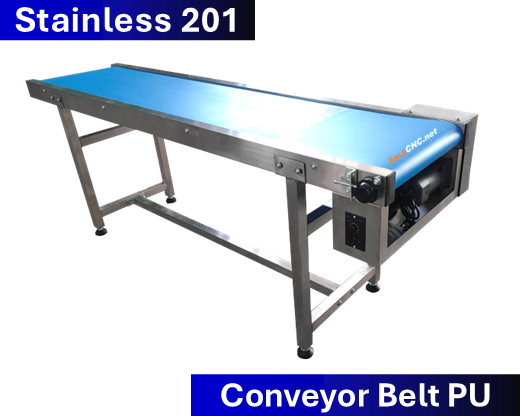
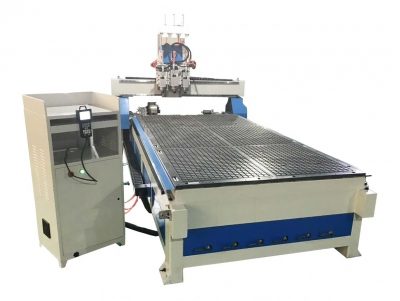
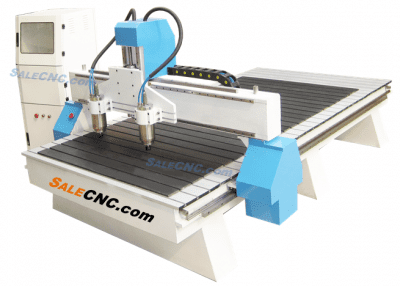
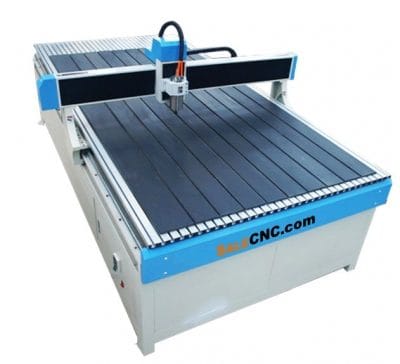
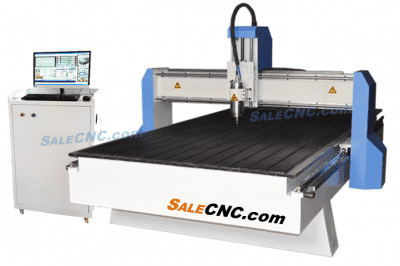
Reviews
There are no reviews yet.